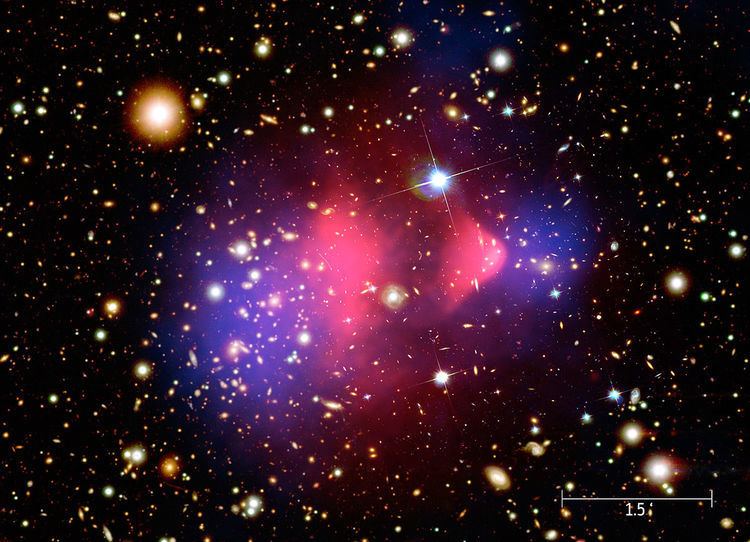 | ||
The CERN Axion Solar Telescope (CAST) is an experiment in astroparticle physics to search for axions originating from the Sun. The experiment, sited at CERN in Switzerland, came online in 2002 with the first data-taking run starting in May 2003. The successful detection of solar axions would constitute a major discovery in particle physics, and would also open up a brand new window on the astrophysics of the solar core.
If the axions exist, they may be produced in the Sun's core when X-rays scatter off electrons and protons in the presence of strong electric fields. The experimental setup is built around a 9.26 m long decommissioned test magnet for the LHC capable of producing a field of up to 7000950000000000000♠9.5 T. This strong magnetic field is expected to convert solar axions back into X-rays for subsequent detection by X-ray detectors. The telescope observes the Sun for about 1.5 hours at sunrise and another 1.5 hours at sunset each day. The remaining 21 hours, with the instrument pointing away from the Sun, are spent measuring background axion levels.
CAST began operation in 2003 searching for axions up to 6979320435297400000♠0.02 eV. In 2005, Helium-4 was added to the magnet, extending sensitivity to masses up to 0.39 eV, then Helium-3 was used during 2008–2011 for masses up to 1.15 eV. CAST then ran with vacuum again searching for axions below 0.02 eV.
As of 2014, CAST has not turned up definitive evidence for solar axions. It has considerably narrowed down the range of parameters where these elusive particles may exist. CAST has set significant limits on axion coupling to electrons and photons.
